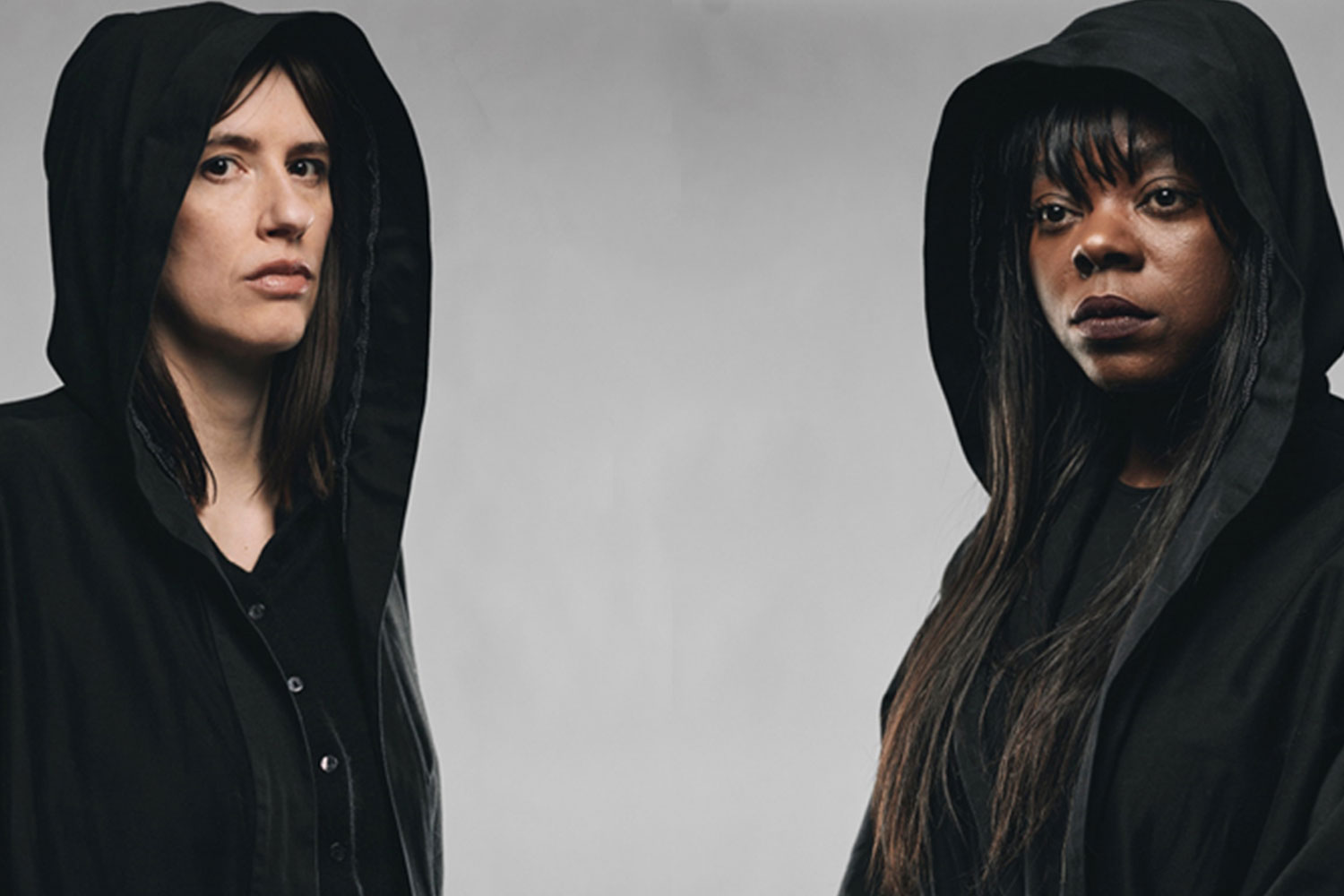Review: The Living Newspaper, Edition 3 (Royal Court Theatre, online)

© Isha Shah
There's a wild and whirling energy to the Front Page section of the third edition of the Royal Court's Living Newspaper project. "Crocus of Hope" takes one of the Prime Minister's least felicitous phrases and turns it into a song of protest, with a chorus that encourages us to "F*** the Machine" and a growling saxophone providing an energetic pulse to its great scream of rage.
It's blunt and it's angry and it sets the tone for everything else that follows. I managed to miss the first two editions of the Royal Court's Living Newspaper, pulled together before the end of last year, when it was possible to invite audiences into the theatre. This edition is online only, but it shares the admirable premise of its predecessors.
Inspired by the Federal Theatre Project, a US arts programme of the 1930s, designed to give work to artists and theatre-makers emerging from the Great Depression, this is employing actors, designers and writers in large numbers to produce a commentary on the events that are unfolding in the world around us. To do this, it turns every part of the Royal Court itself into a section of a newspaper, from obituaries to horoscopes, to the dating columns and the news coverage itself.
It sounds more complicated to describe than it is to watch: 16 separate sections, ranging from two minutes to 16, provide a kaleidoscopic entertainment, released over the course of a week. Perhaps inevitably, given the speed with which each edition is produced, the quality is patchy. Some of the pieces seem barely to have crawled off the drawing board, while others betray a lack of development that undermines their good intent. If satire and anger are to hit home, they need to be sharper than they sometimes are here.
Cracking ideas like Zain Dada's "Emily (Glitched) in Paris", which reveals the colonial legacy of oppression beneath the city of light, is a lightening sketch when I longed for a more developed picture. Similarly, Anupama Chandrasekhar's "A Facist's Guide to Democracy" takes the brilliant notion of a vlog for closet fascists but doesn't do much with it.
Nevertheless, some of the pieces hit home. The longest, "She Blows Ltd", by Rebecca Prichard, takes a post-Covid hair salon and turns it into a setting for latter-day Sweeney Todds. It loses its way a little, but its queasy mixture of violence and bright hope is unsettling. "Levelling Up", by Karen Laws, uses the setting of the lift to explore the fallacies built into the idea that you can "smash the class ceiling", while Gurpreet Kaur Bhatti's incisive "Eulogy for a dead life", introduces the interesting notion that you can mourn for someone who wasn't very nice.
In "An Ode to the Underground and Ms Sharon Le Grand", Travis Alabanza gives us the glorious spectacle of the aforementioned Sharon Le Grand emerging in glory to sing a tragic version of a song by the Cheeky Girls, while "Where Things Go to Die", also by Chandrasekhar, is a mournful guide to the destruction of the planet, one abandoned plastic piece at a time. The most savage and hard-hitting piece is Anthony Neilson's "Agony Edgar", which turns a homeless man into an agony aunt, with humour as black as treacle and a cold, dark fury.
The performances, even with scripts in hand, are compelling, the design excellent. None of it is exactly subtle but at a time when a safe consensus and cosy viewing are the norm, this feels like a welcome blast of cold air. I shall watch Edition Four with interest.










